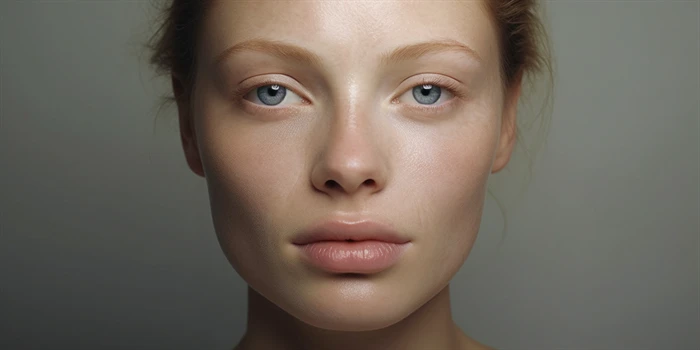
Facial Fat Transfer in Kingston: Exploring the Risks and Benefits
Introduction
Facial fat transfer, also known as facial lipofilling or fat grafting, is a cosmetic procedure that has gained popularity in recent years. This technique involves harvesting fat from one area of the body, such as the abdomen or thighs, and then injecting it into the face to enhance volume and contour. As with any surgical procedure, there are risks and potential complications associated with facial fat transfer. In this article, we will explore the potential risks of this procedure in the context of Kingston, Ontario, Canada.
Potential Risks of Facial Fat Transfer in Kingston
1. Infection: As with any surgical procedure, there is a risk of infection at the donor site or the injection site. Proper sterilization techniques and post-operative care are essential to mitigate this risk.
2. Uneven Results: The final results of a facial fat transfer can be unpredictable, as the injected fat may not integrate evenly or may be reabsorbed by the body over time. This can lead to an unnatural or uneven appearance, which may require additional procedures to correct.
3. Facial Asymmetry: If the fat is not evenly distributed or the amount of fat injected is not precisely balanced, it can lead to facial asymmetry, which can be difficult to correct.
4. Lumps or Irregularities: In some cases, the injected fat can form lumps or irregularities under the skin, which may be visible or palpable.
5. Loss of Facial Expression: In rare cases, the injected fat can interfere with the normal movement of facial muscles, leading to a loss of facial expression or a "frozen" appearance.
6. Allergic Reactions: Although uncommon, some individuals may have an allergic reaction to the anesthesia or other materials used during the procedure.
Choosing a Qualified Plastic Surgeon in Kingston
When considering facial fat transfer in Kingston, it is crucial to choose a qualified and experienced plastic surgeon. Here are some factors to consider:
1. Medical Credentials: Ensure that the plastic surgeon is board-certified in plastic surgery and has extensive experience in performing facial fat transfer procedures.
2. Specialization: Look for a plastic surgeon who specializes in facial rejuvenation and has a specific focus on fat grafting techniques.
3. Patient Testimonials: Review the surgeon's before-and-after photos and read patient testimonials to get a sense of their skill and the quality of their work.
4. Consultation: Schedule a consultation with the plastic surgeon to discuss your goals, concerns, and the potential risks and benefits of the procedure. This will help you determine if the surgeon is the right fit for you.
FAQ
Q: How long does a facial fat transfer procedure take?
A: The duration of a facial fat transfer procedure can vary, but it typically takes 1-2 hours to complete.
Q: How long does the recovery process take?
A: The recovery process can take 1-2 weeks, during which time you may experience swelling, bruising, and some discomfort. Most patients are able to return to their normal activities within this time frame.
Q: How long do the results of a facial fat transfer last?
A: The longevity of the results can vary, but typically the injected fat will last for several years before some degree of reabsorption occurs. Touch-up procedures may be necessary to maintain the desired results.
Q: Are there any alternative treatments to facial fat transfer?
A: Yes, there are other non-surgical options for facial rejuvenation, such as dermal fillers and neurotoxins (e.g., Botox). These treatments can also be used in conjunction with facial fat transfer to achieve optimal results.
Conclusion
Facial fat transfer is a safe and effective procedure when performed by a qualified and experienced plastic surgeon. However, as with any surgical procedure, there are risks involved. By understanding these risks and working with a skilled plastic surgeon in Kingston, individuals can make an informed decision about whether this procedure is the right choice for them.

